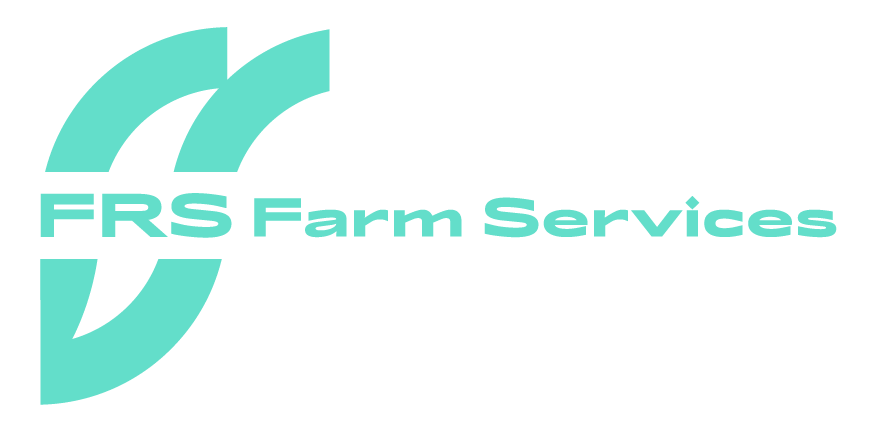For many farms around the country, farmers have prepared or are getting ready to prepare their herds for Autumn calving. When it comes to management of the herd, there are different factors to consider to Spring calving. The farmer must switch emphasis from grazing and silage making to planning for the Winter housing and feeding period, herd management, care of new-born calves and suitable housing.
Autumn calving is less prevalent than Spring calving but still has plenty of advantages for farming enterprises. Long term, farmers can reap benefits with cheaper Spring weight gain and then strong weanling/yearlings to sell in Summer/Autumn. However, this depends on the success of the calving period. Farmers can take a number to steps to minimise losses during this period.
Firstly, farmers must allow plenty of feed space for pre-calvers. Cows should have 24hour access to fresh feed in a stress-free environment. Also, troughs with plenty of space and fresh water supply is essential for all animals.
Farmers should try to avoid overcrowding in a pre-calving group. It is important to note the closer animals get to calving, the less they should be moved. Moving may cause additional stress to the animal, disrupt feed intake and in some cases delay calving.
It is important to plan where the calving will take place in advance and make sure that the field or shed is ready. Outdoor calving reduces the need for bedding, but farmers should still be cautious of health and safety. Having a secure pen in the field can help should a cow need assistance. Animals can be unpredictable and get very aggressive around calving so properly working equipment is essential.
If calving indoors ensure cows and heifers have a comfortable space with lots of room and bedding. Check all gates, troughs, cameras etc. are in working order in advance.
Regardless of where the calving will take place, it is important to stock up on all calving essentials. These includes a calving jack that is in good working order, two set of ropes, buckets, lubricants, and access to warm water. Should a calf get sick the farmer should have stomach tubes, feeding bottles, thermometer, electrolytes and warming box or calf jackets on standby. Farmers must maintain a good standard of hygiene and stock up on disinfectant, iodine, arm length disposable gloves, and standard rubber gloves.
Farmers should follow best practice guidelines of fast feed colostrum and getting fresh cows and calves on to good quality grass as soon as possible to boost the cow’s energy intake for milk production and recovery.
However, the weather also plays a huge factor in the success of Autumn calving. As calves enter the world wet, in the cold/colder weather conditions they are more susceptible to chills. Farmers should dry off new-born calves in cold or frosty weather.
Also, in cases of exceptional cold, animals may need more feed. This is something to keep in mind going into the Winter months.
Safety should always be at the forefront of a farmer’s mind. Should an animal display aggressive behaviour, do not go near it. Do not turn your back on the animal and leave the shed/paddock immediately. Always ensure you have a safe escape route. When handling cattle, always have experienced help with you.
If you require help this Autumn, contact your local FRS office. FRS have a range of skilled operators available. Visit www.frsfarmrelief.ie for more information.
